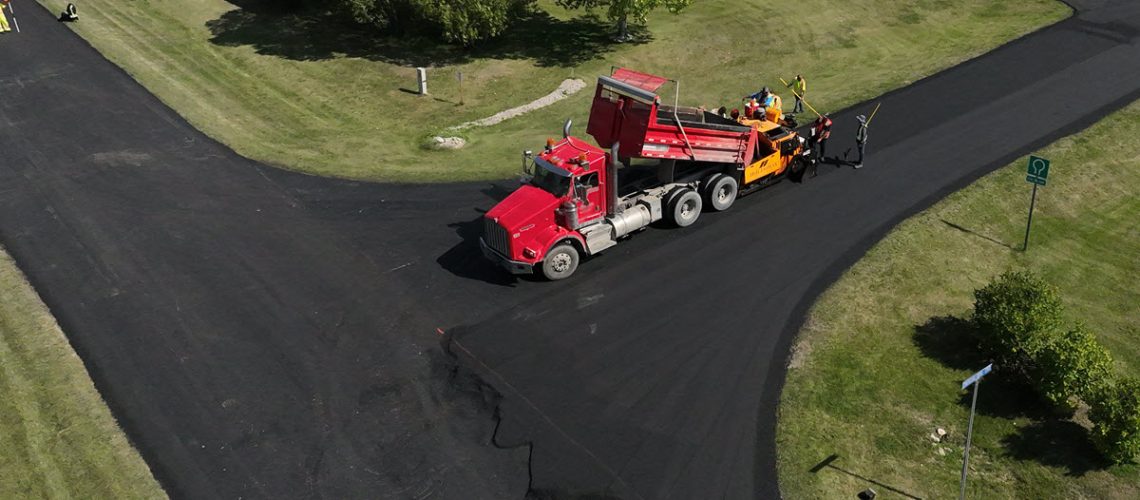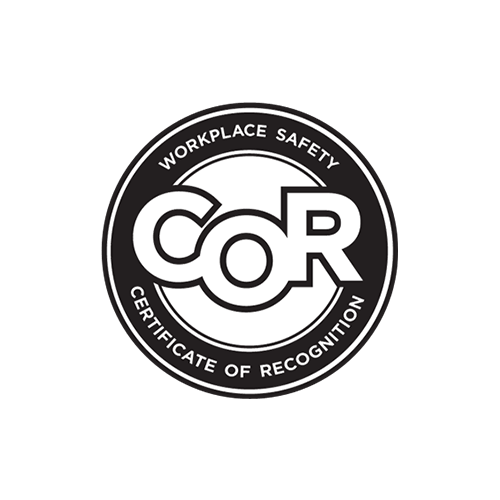Picture pavement preservation as the unsung hero of road maintenance. It’s an approach that believes in proactively maintaining roads to prevent them from nosediving into a state where major rehabilitation becomes essential. As the age-old adage goes, prevention is invariably cheaper – and indeed smarter – than the cure.
So, buckle up, folks. This article will delve into diverse pavement preservation treatments and their power to extend the lifespan of our roads.
What’s Pavement Preservation and Why Learn About It?
Pavement preservation is more than a buzzword; it’s a proactive strategy championing the protection and upkeep of our existing roads. With a bouquet of ever-evolving techniques, it’s gaining traction as a wallet-friendly alternative to traditional construction and rehabilitation.
As an elegant shield against damaging oxidation, it preserves both aesthetics and structure – brightening your driveway and echoing your values and personality. Thinking about keeping your asphalt dazzlingly fresh? Let pavement preservation do the heavy lifting.
Different Pavement Preservation Treatments
Navigating the labyrinth of pavement preservation treatments can be complex. Each boasts unique prowess, but these treatments’ application isn’t one-size-fits-all. The key lies in a scrupulous examination of the specific situation and damage level before charting the optimal course of action.
Sealing and Filling Cracks
Cracks – those pavement nemeses – can’t be ignored. Acting as a blockade against water, sealing and filling cracks mitigate further damage and obstruct debris, negating the need for milling.
Take heed, though. These treatments don’t cater to grave structural issues, and an overzealous application could compromise visual appeal and skid resistance. Extreme caution with temperature parameters and moisture should ensure superior crack sealing.
Overlaying
Overlays are layers of either warm or hot mix asphalt added atop the milled pavement. Dubbed “thinlays” and “thicklays,” these ingeniously rectify minor issues like rutting and weathering and even restore skid resistance.
However, their utility wanes when faced with major structural damage, which may need a thicker overlay or even a complete overhaul. Thus, a solid understanding of the asphalt’s current state is integral to optimizing your overlay application.
Slurry Sealing
This treatment comprises water, asphalt emulsion, crushed rock, and additives applied to existing asphalt surfaces. Unlike fog seals, slurry seals boast aggregates, creating the ‘slurry’ that restores pavement flexibility, seals cracks, returns a black tinge to faded roads and protects the pavement structure.
Ideal for roads with minor to moderate distress, the frequency of its application, intermittent or cyclical, hinges upon location, climate, traffic load and pavement conditions. Indeed, it is one underdog giving road surfaces a fighting chance.
Micro-surfacing
Here’s micro-surfacing, slurry sealing’s savvy cousin. Like slurry, it blends asphalt emulsion, water, and tiny crushed rocks. Its secret weapon? Chemical additives that help it harden swiftly without relying on evaporation – a boon for shaded or high-traffic roads where slurry surfacing falters.
Sealcoating
Acting as a protective layer, this pavement treatment protects your asphalt driveway against damaging elements, including oxidation and fuel spillages.
Sealcoating is also more than just a defender. It adds a pristine, polished aesthetic, a lifesaver for property managers seeking to captivate tenants and customers with their stunningly maintained parking areas.
Chip Sealing
Chip sealing is a two-step technique that spreads asphalt emulsion – paving asphalt, water, polymer, and rejuvenator – onto existing pavement topped with crushed rock.
As a driveable surface, a component of a ‘cape seal,’ or an interlayer between asphalt surfaces, chip sealing efficiently seals narrow cracks, binds cracked pavement and protects the underlying structure from aging and traffic loads.
Final Thoughts
Ultimately, it boils down to one thing: The best way to start with prolonged asphalt longevity lies in vigilant inspection for cracks, potholes, water and oil damage.
Doing so lets you know what to do next – whether remedying the problem yourself or calling a professional. Remember, proactive care is the best solution for pavement preservation.








